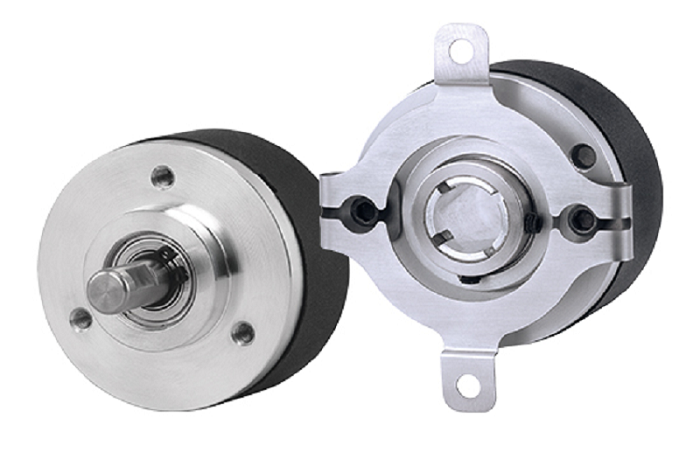An encoder is a machine that is capable of converting motion into electrical signals. This signal is sent to the controlling device of a motion control system like a PLC or counter. The feedback signal sent by the encoder is used to determine the direction, speed, count, and position. The control device uses the signal from the encoder for a specific purpose. The process is similar in any application. The count generated by the encoder is sent to the controller which sends it again to the machine to control a certain task.
The tasks by an encoder
The position of a movable mirror is an important aspect of an observatory. The encoder is capable of providing positioning feedback to the actuators of an observatory. When used for a cut-to-length application, the encoder comes with a measuring wheel. It tells the machine the amount of material fed to it so that the machine knows when to cut it. The jacks during railroad-car lifting can work in unison as the Encoders provide precision motion feedback. They even provide positioning feedback to the large cranes to help them lift and release at the perfect time. In this case, the encoder is mounted on a motor shaft.
Programmable encoder: Time-saving option
A programmable encoder can perform the job of multiple machines. There is no need for stock encoders with different line counts. There is an encoder with several programmable parameters to allow multiple programming like output signal voltage, line count, and marker pulse alignment. While stocking multiple encoding machines to perform different tasks will take time, a programmable encoder can do the same job in a lesser amount of time. One machine will be enough to meet your several production requirements. There will be a much better result while you get enough time to invest in other things.





